Project: 2000 BMW R1100S - Motorcycle.com
Get the Flash Player to see this player.
Such was the case with our long-term Beemer. We were more than satisfied with just the stock version, but after hearing about some aftermarket goodies, phones were picked up and our fingers started walking. As if a chocolate sundae isn't good enough, MO has the audacity to request a heapin'-helpin' o' nuts, not to mention a cherry on top, thankyouverymuch.
In the realm of sport touring, the R1100S is pretty sporty. But, it's also quite toury, too. In fact, we believe it's a near perfect combination of long distance capability and backroad prowess. Despite its numerous attributes, the S often is described as "different" by people who have never had the chance (read: pleasure) to spend any time on one. They mock what they don't understand.
The initial flogging of our test bike, however, brought some issues to the surface. This inspired us to enhance the "sport" side of the S while only marginally compromising the "tour."
The Salmon also came with BMW's optional "City Bags" which swap the bulbous standard lids for sleeker, narrower versions. This reduces the effective width of the bike by what feels like a yard, making lane-splitting less of a chore while enabling greater lean angles before things touch down.
Chassis wise, the stock suspension is decent, but we wished for more feedback from the front end without sacrificing the plush highway ride. The motor was a workhorse, but we desired a bit more "personality" from it. And, if we could pick up a few more horsepower on the way, even better.
When the goodie boxes arrived from the folks up at San Jose BMW (who race their own full-blown R1100S Battle of the Twins bikes) our eyes lit up. Christmas in September? We'll take it any time we can get it. Just ask our girlfriends.
For starters, there are many aftermarket exhaust systems available for this bike, but few - if any - have shown an actual improvement in performance. After a bit of research, we had consistently heard good things about Austrian manufacturer, Remus.
They make two complete systems and one slip-on. We opted for the complete "street" system ($1,118) since it was deemed that the "race" model was obnoxiously loud (the street model is rated at 92 db) and only gave a slight improvement in power over the "street" system. Also of note, the under-seat fitment of the mufflers places the pipes right at the ear-level of an automobile driver. Since we occasionally commuted on the S, we thought we'd do our part to upset as few people as possible.
The exhaust system worked well and opened things up a bit, though we did expect more of a power increase. Also, if you're going to make an entirely new exhaust system, why wouldn't you make it significantly lighter than the stock unit? The Remus system is remarkably heavy (23 pounds), keeping a large chunk of weight up high on the bike, right where it's least appreciated.
The system makes quite a bit more noise than stock but don't expect to win any "beautiful noise" contests against V-twins, or even Honda's V-four VFR for that matter. Parallel twins have a sound all their own, and this BMW was no different, sounding similar to an old Lotus Series Seven race car.
A quick stint on the MO dyno revealed the Remus pipe yielded a modest five horsepower increase, bringing the S into triple-digit figures. Torque, meanwhile is upped from 72 to 74 pounds per foot. This may not seem like much, except that the S exhibited a much flatter torque curve... always a welcome improvement.
Aside from the few modifications, all we did to get the bike ready for track use was to install a fresh set of the stock Metzelers and increase rear preload to its maximum setting.
Putting the leathers on and the paper theories aside, our project R1100S was a far superior track weapon (especially considering the few changes we made) compared to the stock bike.
With the stock link, the bike would protest at the notion of quick - and sometimes abrupt - line changes. But now, the entire chassis took on a more "aggressive" character. There'll be no confusing this bike for a Yamaha R6, but it's a huge improvement nonetheless.
Despite those huge protrusions BMW engineers call opposed cylinders, ground clearance didn't become an issue until we reached speeds that had other riders at Tom Sera's Fasttrack Riders Day stopping to watch in amazement. Yeah, you heard us. This touring bike, replete with bags, passed race-replicas on the Streets of Willow Springs racetrack. And we have video to prove it.
The only place where the sporty modifications compromised long-distance usage was in the decibel area. The mufflers aren't obscenely loud by any means, but they should be used with earplugs to prevent any sort of long-term hearing damage. Then again, ear plugs are always a good idea anyway.
All in all, we were able to achieve our goal of making the R1100S a sharper all-around machine. Thousand-mile days? Sure. Race tracks? For competition, there are better choices. But, for the occasional track day this bike would be one of our first picks. It's that good. And what's more: It's fun taken to another level.
More by MO Staff



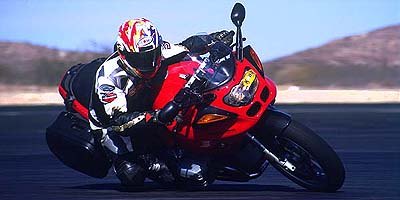







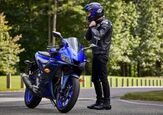
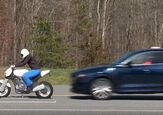
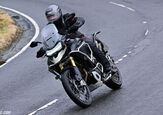
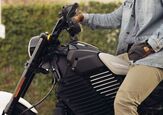
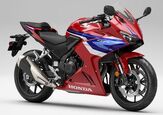
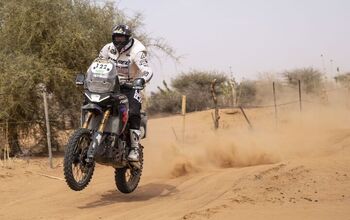
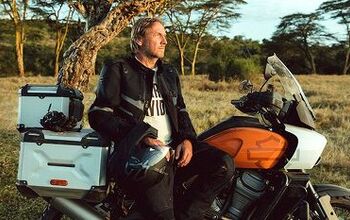
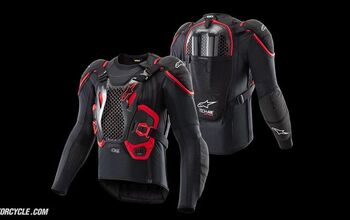

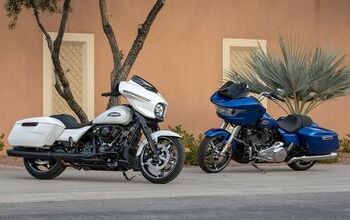
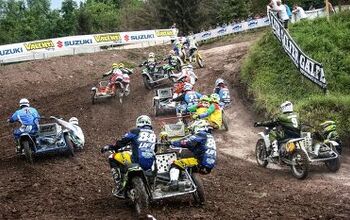



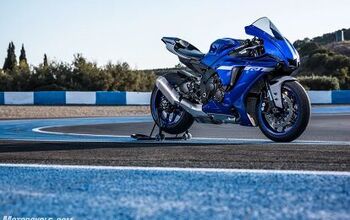
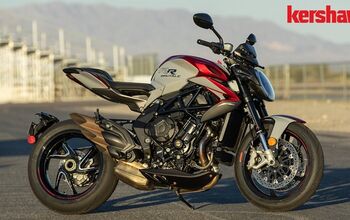
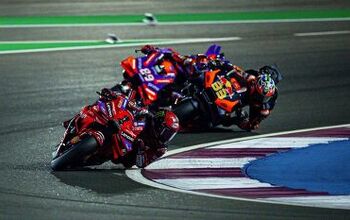
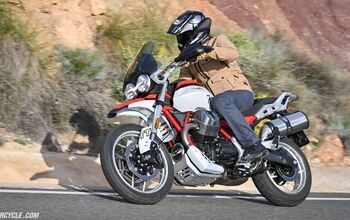
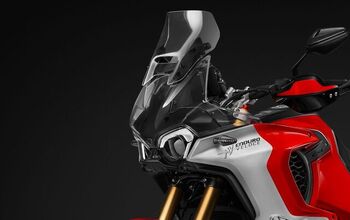
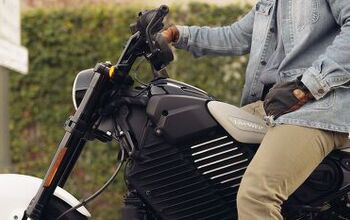
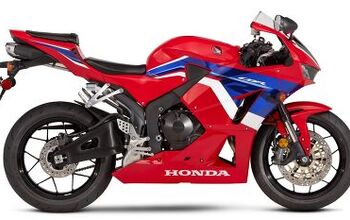

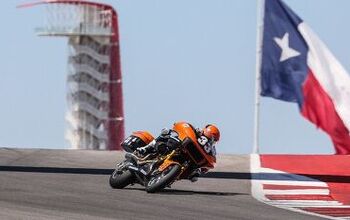
Comments
Join the conversation